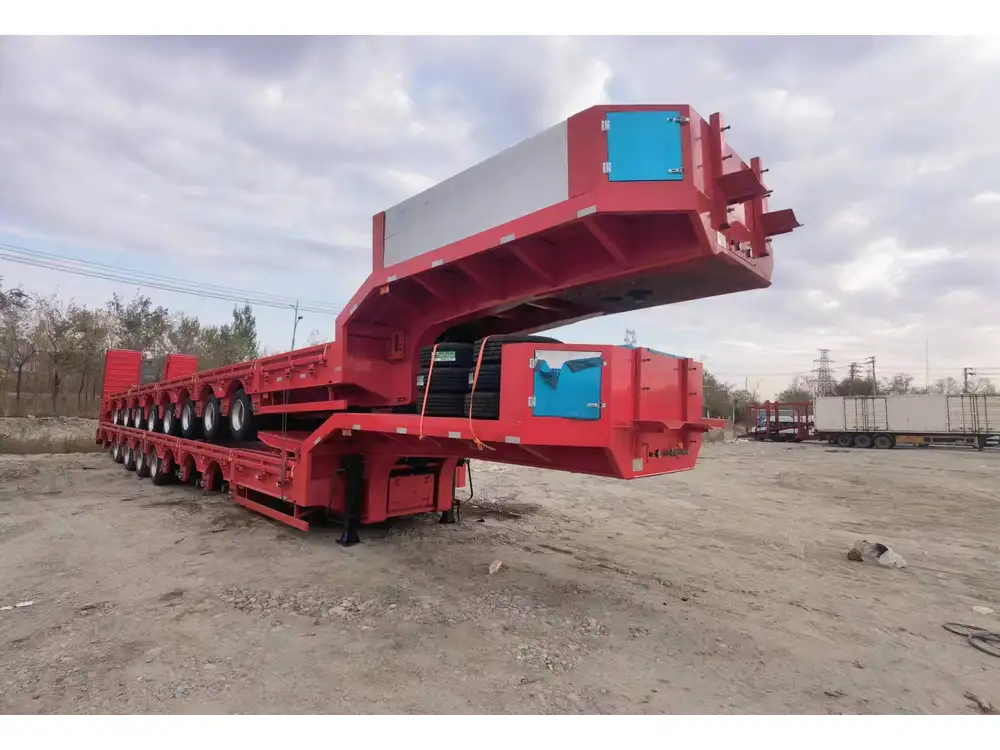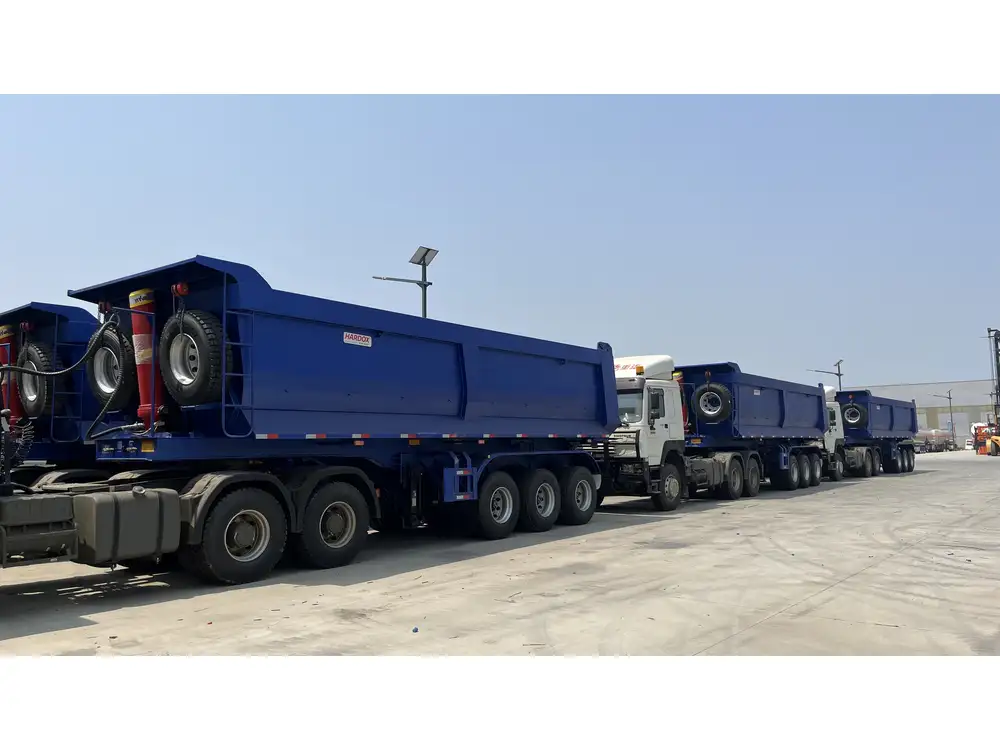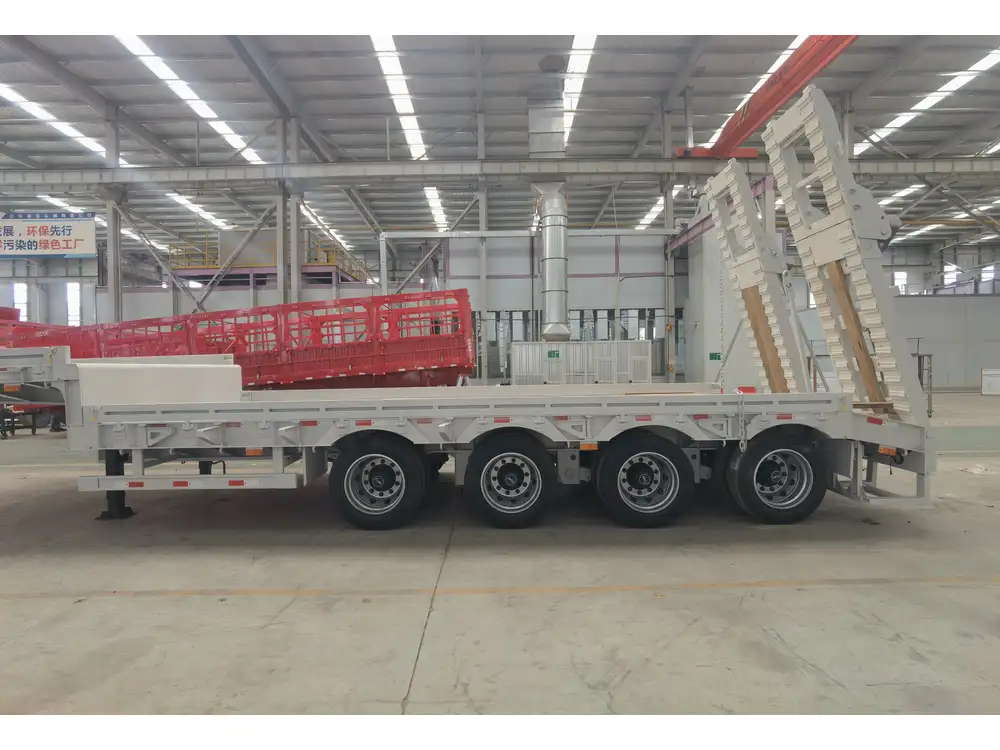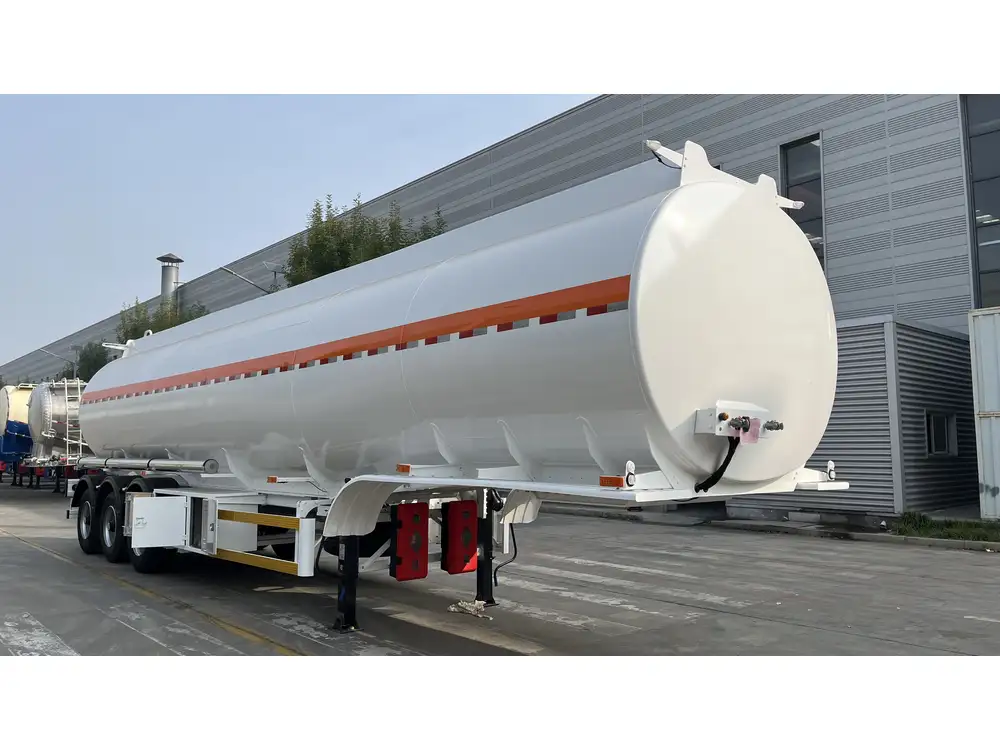Painting a semi-trailer is an endeavor that many owners and operators undertake to enhance aesthetics, protect surfaces from rust, and extend the lifespan of the trailer. The question “Can you paint a semi-trailer yourself?” resonates with many DIY enthusiasts and commercial operators alike. This extensive guide dissects the intricacies of the painting process while elaborating on essential tips, tools, and techniques that will enable anyone to achieve a professional finish without hiring external help.
Understanding the Importance of Painting a Semi-Trailer
Benefits of Painting Your Semi-Trailer
- Rust Prevention: A top-quality paint job acts as a protective barrier, preventing moisture exposure and reducing the risk of rust formation.
- Enhanced Aesthetics: A fresh paint job can significantly uplift the visual appeal of the trailer, making it look more professional and attracting customers’ attention.
- Brand Visibility: Customized paint designs can serve as mobile advertisements, promoting a company’s brand wherever the trailer travels.
- Increased Resale Value: A well-maintained and properly painted semi-trailer holds a higher resale value, appealing to prospective buyers.

Is DIY Painting Feasible?
Factors to Consider
Skill Level
- Beginner-Level: Basic painting skills can suffice for an amateur attempting a small touch-up job or minor projects.
- Intermediate to Advanced: Larger projects or comprehensive color changes may require advanced skills, understanding of surface prep, and familiarity with spray painting techniques.

Equipment and Facilities
- Space: Adequate space is needed to maneuver around the trailer and ensure even application, ideally a garage or covered area.
- Tools and Materials: The project requires specific tools and materials, including spray paint, brushes, rollers, and protective gear.
Time Availability
Consider the amount of time you can allocate to the project. A thorough painting job can take several days, factoring in preparation, painting, and curing time.
Essential Tools and Materials

Painting Supplies
| Item | Description |
|---|---|
| Spray Paint | Quality automotive or industrial paint formulated for metal surfaces. |
| Brushes & Rollers | Different sizes for detailed work; rollers for larger flat areas. |
| Primer | Rust-inhibiting primer to ensure adhesion. |
| Clear Coat | Protective topcoat for longevity and finish. |
| Painter’s Tape | To mask areas not intended for painting. |
| Sandpaper | For surface preparation. Use various grits for optimal results. |
| Masking Paper | To protect surrounding areas from overspray. |
| Cleaner & Degreaser | To prepare the surface by removing dirt, grease, and old paint. |
| Safety Gear | Masks, gloves, and goggles for protection during the painting process. |
Step-by-Step Process to Paint Your Semi-Trailer
1. Surface Preparation
The foundation of a successful paint job starts with thorough surface preparation. This step ensures paint adheres properly and results in a smooth finish.
- Cleaning: Start by washing the trailer with a degreasing cleaner to remove contaminants. Ensure that all dust, oil, and grease are eliminated.
- Sanding: Use sandpaper to scuff the surface, especially if repainting over old paint. This process helps the new paint bond better. Fill in any dents or rust spots with body filler and sand these areas smooth.
- Priming: Apply a rust-inhibiting primer to the entire surface. This step is crucial for metal surfaces to enhance adhesion and prevent rust.

2. Masking Off Areas
Proper masking ensures sharp lines and protects parts of the trailer that shouldn’t retain paint.
- Use painter’s tape to cover edges, windows, and any non-paint areas.
- Run masking paper along larger areas to catch any overspray, particularly if you’re using spray paint.
3. Applying Paint
- Technique Matters: Start from the top of the trailer and work your way down to minimize drips. Use a consistent, even stroke with the spray gun.
- Spraying: Apply paint in thin coats to avoid runs. It’s better to do multiple thin layers than one thick layer, allowing each coat to dry before applying the next.
- Details: Utilize brushes or rollers for detailed work or touch-ups in hard-to-reach areas.
4. Top Coat Application
Once the paint has dried as per the manufacturer’s instructions, apply a clear coat for added protection.
- Protecting the Finish: A clear coat not only protects the paint but also enhances gloss, making colors vibrant.
- Curing Time: Allow sufficient curing time as recommended on the product label.

5. Final Touches and Cleanup
- Inspect Your Work: Check for imperfections and touch-up as necessary. Look for uneven spots or drips that might require corrective action.
- Proper Disposal: Dispose of any leftover paint and used materials responsibly adhering to local waste disposal regulations.
Common Challenges and Solutions
Painting a semi-trailer is not devoid of challenges. Below are some common issues faced during the painting process along with practical solutions.
Uneven Coverage
Cause: Inconsistent application or poor surface preparation.
Solution: Ensure that the surface is well-prepped and practice even strokes. Patience is paramount during application.

Paint Runs and Drips
Cause: Applying paint too thickly or not allowing adequate drying time.
Solution: Use thin coats and allow time for each layer to dry. If drips occur, allow them to dry before sanding them down and applying more paint to the area.
Weather Influences
Cause: Painting in unsuitable weather conditions can severely affect outcomes.
Solution: Optimal conditions are crucial—ideal temperatures range between 70°F and 85°F with low humidity levels. Avoid painting in direct sunlight or wind.
Maintenance Tips for Painted Semi-Trailers
To prolong the life of your fresh paint job, regular maintenance is key.
- Regular Cleaning: Wash the trailer to prevent the buildup of dirt, grime, and road salt.
- Inspect for Damage: Regularly inspect for chips or scratches. Touch up minor areas promptly to prevent corrosion.
- Polish and Wax: Consider using a clay bar to smooth out surface imperfections followed by a wax application to protect against UV damage.

When to Consider Professional Help
Despite the DIY approach being viable for many, certain circumstances warrant professional assistance:
- Large-Scale Jobs: If the painting project requires a vast area or involves intricate designs, hiring professionals can save time and achieve a more polished finish.
- Complex Repairs: For extensive rust damage or repairs, a professional’s expertise in metalwork might be necessary.
- Equipment Access: For those lacking proper sprayers, compressors, or safety equipment, opting for professional service can be more efficient and safer.
Conclusion
Embarking on the journey to paint a semi-trailer ourselves presents an achievable yet tasking endeavor. From ensuring proper surface preparation and utilizing the right tools to mastering the application technique, every step contributes to a seamless painting process that protects and beautifies the vehicle. While DIY painting is feasible for many, understanding when to call in the professionals is integral to maintaining the investment.
Harness the power of a fresh paint job today and enhance your semi-trailer’s lifespan, aesthetic appeal, and overall branding with this comprehensive guide.



